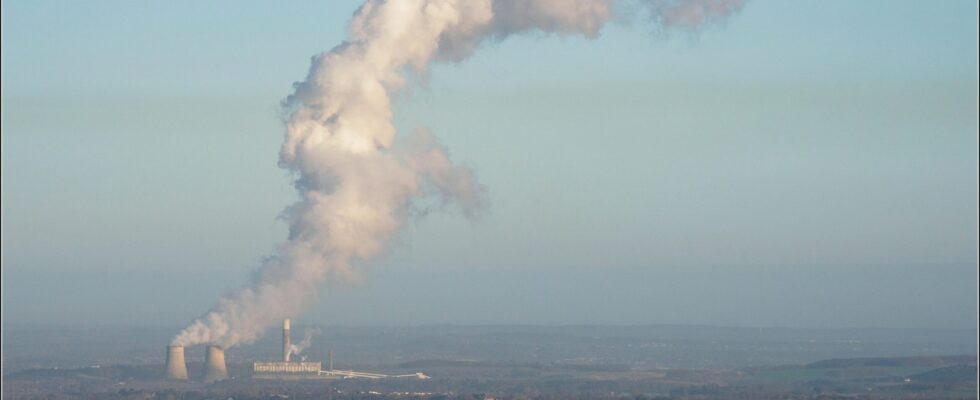Windmills in particular have thrown the coal at the door. More and more wind farms have appeared, especially in the seas around England and Scotland. Only China has more offshore wind turbines than Great Britain. The growth has occurred because there has been a climate target and support for the establishment of green energy. The more windmill arms that swing in the wind, the less use there is for coal. The first day without coal in electricity production, since Edison’s power plant opened in 1882, was 21 April 2017. The coal-free days turned into coal-free weeks and eventually months. Now it is completely over. “The Great Smog” The smoke from coal is very harmful to health, because small particles are drawn down into people’s lungs, where they do great damage. Worldwide, air pollution, not only from coal but all fossil burning, is one of the biggest health threats. During the industrial revolution, the smoke was heavy over Great Britain, and as late as 1952 “the Great Smog” spread over London. Coal smoke from thousands of chimneys was caught by the weather, and settled over the metropolis as a thick blanket of toxic air for several days. The smoke was so thick that people left their cars on the roads because they couldn’t see where they were driving. 4000 people died. It led to the UK’s first Clean Air Act, which rapidly improved air quality. Frankie Mayo also explains that air quality legislation has also played a role in the fight against coal over the past decade and a half. In 2016, the requirements for particle pollution for large power plants were tightened, and this meant that several power plants had to invest in technology to clean the smoke. It would be too expensive for several of the older power plants that polluted the most. This led to them having to press the stop button. – It is an example that it is not just the development of green energy that has led to the phasing out of coal, says Frankie Mayo. CO2 taxes, requirements for particle pollution and requirements for CO2 emissions have also contributed to making coal power more expensive, causing it to fall. In addition to that, the UK has also invested in and updated the power grid itself, so it has become easier to send the power out. When the production of electricity depends on how much the wind blows or whether the sun shines, it requires a markedly more flexible system. It requires a system that can lead overproduction of electricity to areas that lack electricity. At the same time, the UK is also connected with its neighboring countries with submarine cables, so that this flexibility can take place on a larger scale – meaning that the UK can, for example, send surplus wind power to Belgium or obtain hydropower from Norway, when there is not enough wind. There are now six international connections, which opened last December. The next target is gas Now it’s over for coal. But while it is a big step in the right direction, which has already cut greenhouse gas emissions from the UK, there is still a long way to go before the electricity sector is completely green. A third of the electricity still comes from gas. Frankie Mayo says that more wind turbines and solar cells must therefore be built. – We must have more and larger facilities, and they must be built faster, he says. Fortunately, “we know very well how to build green energy”, as he says. And the new Labor government has not only removed a de facto ban on building wind turbines on land, but also has a target to double onshore wind power, triple solar power and quadruple offshore wind power – all before 2030. The biggest challenge will be updating the power grid itself, so it can handle such large amounts of fluctuating energy. It requires large investments. But analysis from Ember shows that it is possible for the UK to push the gas all the way down into the electricity system, if enough green energy, high-voltage lines and batteries are built. Frankie Mayo says that it is now necessary to build on the work that has cut coal consumption. – The coal-free era begins now. The UK has taken a major step in changing its electricity system from being a huge polluter to one where renewable energy is thriving, in an astonishingly short time.
ttn-70
Britain has closed its last coal-fired power station

